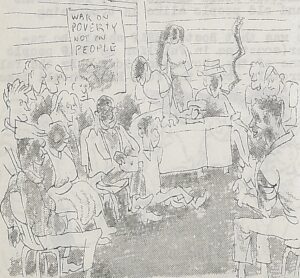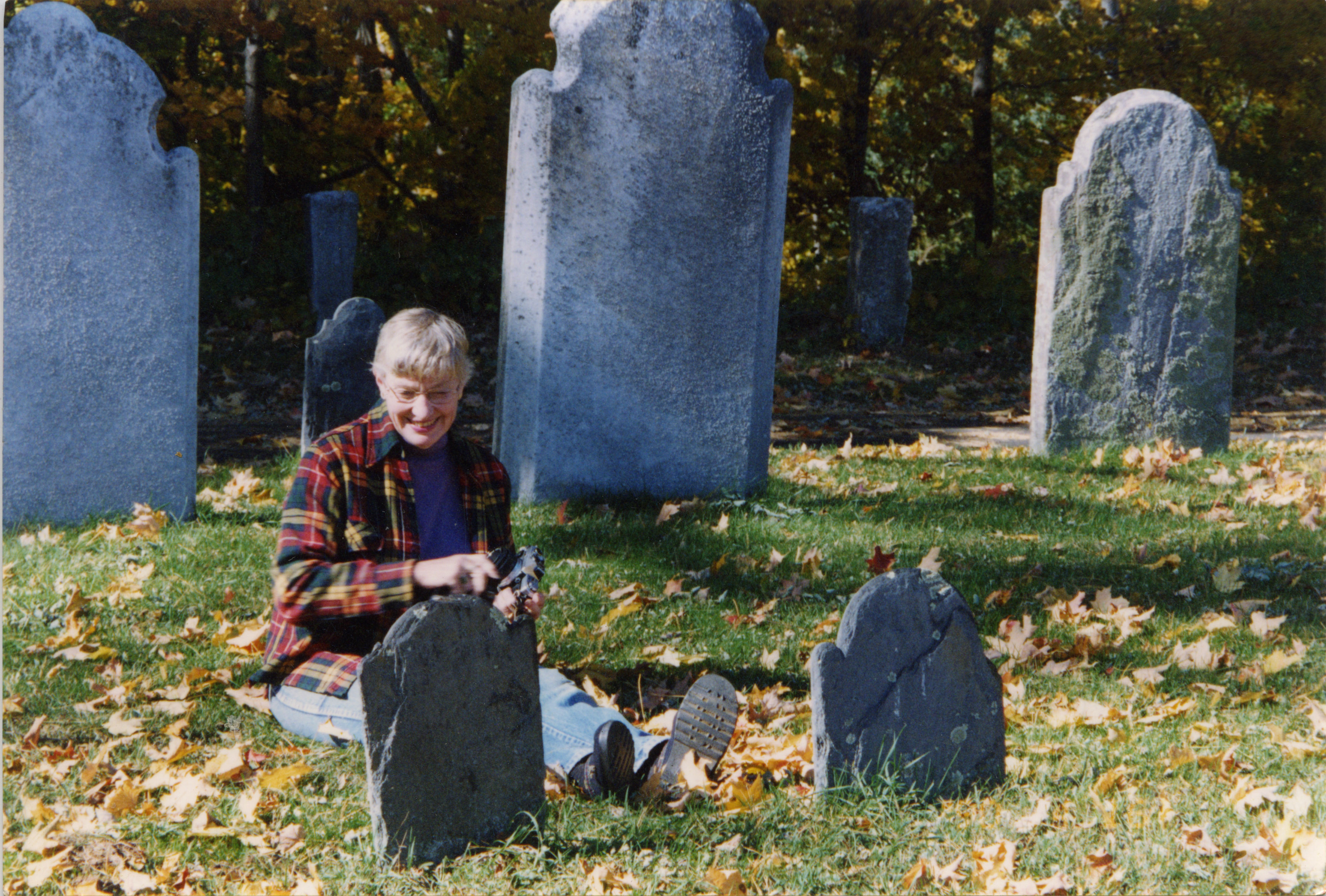Lyman Clapp Diary
When Lyman Clapp and Lucia Cowls agreed to marry in 1825, they took a celebratory tour of western Massachusetts and northern Connecticut. Over nine days, they traveled from Mt. Pleasant, Mass. (possibly in Worcester County) through Brimfield to Stafford, Tolland, Vernon, Hartford, and Litchfield, Connecticut, before returning home by way of Springfield and Northampton. The Clapp’s party consisted of the engaged couple chaperoned by Lucia’s parents, and they were joined by a relative, Edward, near Hartford.
Filled with interesting vignettes of travel in western New England during the 1820s, Clapp’s diary includes fine descriptions of the various taverns and inns they visited en route and the range of natural and cultural sites, from rolling hills to modern milling technology. Among other sights that caught Clapp’s eye were the the Charter Oak, a hermit living in the hills near Avon, the Walcott Factories at Torrington, Northampton, and the extraordinary view from the top of Mount Holyoke.



